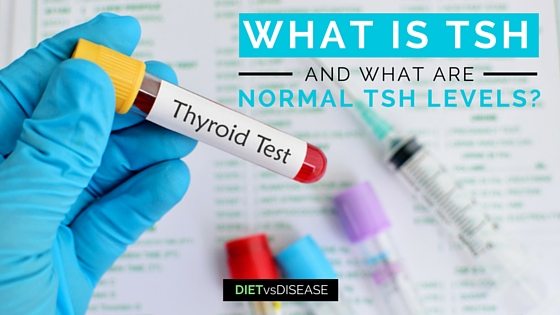
Lower dosages are appropriate in older adults and patients with a history of cardiovascular disease. For combination treatment, T 3 is given at the same time as levothyroxine and dosed at 5 to 20 mcg, then 2.5 to 10 mcg every eight hours until clinical improvement. Reduce dosing by 75% if it is being administered intravenously. 25 Levothyroxine should be given as a slow intravenous bolus of 200 to 400 mcg initially, followed by 50 to 100 mcg (about 1.6 mcg per kg) orally per day. 2, 3, 5, 21įew clinical trials exist to guide treatment, although experts recommend levothyroxine, T 3, or both. Starting as low as 12.5 mcg per day in patients at higher risk (e.g., advanced age, heart disease) should be considered. For older patients or those with coronary artery disease, levothyroxine therapy should be started at 25 to 50 mcg per day, with titration of 25 mcg every three to four weeks until a target dosage is achieved to decrease the potential for adverse effects from thyroid excess (e.g., atrial fibrillation, dysrhythmia, angina, osteoporosis). 30 Thyroid hormone has known inotropic effects on cardiac tissue and can increase myocardial oxygen demand. 7 A separate study found no association between subclinical hypothyroidism and ischemic heart disease, heart failure, or cardiovascular death.
#Normal tsh levels trial#
29 A randomized placebo-controlled trial of 737 patients older than 65 years with subclinical hypothyroidism demonstrated no significant improvement in quality of life with levothyroxine treatment. 28 Serum TSH levels can increase with age, and mild elevations do not necessarily reflect subclinical hypothyroidism. Few older patients with confirmed hypothyroidism have overt symptoms to suggest disease. In older adults, hypothyroidism may have a subtle or more nonspecific presentation. 16, 17, 34Ĭonsistent, prospective, randomized data and meta-analysis Nonpregnant patients with subclinical hypothyroidism should not be treated with thyroid hormone therapy unless the thyroid-stimulating hormone level is greater than 10 mIU per L or the thyroid peroxidase antibody is elevated. 22, 23Ĭonsistent high-quality randomized trials In women with controlled hypothyroidism who become pregnant, the levothyroxine dosage should be increased by 30%, from seven to nine doses per week, with the thyroid-stimulating hormone level checked every four weeks. In newly diagnosed patients with hypothyroidism who are older than 60 years or with known or suspected ischemic heart disease, levothyroxine therapy should be initiated at 12.5 to 50 mcg per day. Patient-oriented evidence from nonprospective studies and consensus evaluation of those data Patients with hypothyroidism should not be treated with iodine supplementation unless they are from an area with known iodine insufficiency. 5, 26Įvidence-based guidelines generated from consistent, prospective, randomized trials Patients with hypothyroidism should not be treated with triiodothyronine, alone or in combination with levothyroxine. No studies have directly compared the benefits and harms of screening vs.

Screening for thyroid dysfunction in nonpregnant, asymptomatic adults has uncertain risks and benefits. Most patients with subclinical hypothyroidism do not benefit from treatment unless the thyroid-stimulating hormone level is greater than 10 mIU per L or the thyroid peroxidase antibody is elevated. Early recognition of myxedema coma and appropriate treatment is essential. Patients with persistent symptoms after adequate levothyroxine dosing should be reassessed for other causes or the need for referral. Women with hypothyroidism who become pregnant should increase their weekly dosage by 30% up to nine doses per week (i.e., take one extra dose twice per week), followed by monthly evaluation and management. Patients older than 60 years or with known or suspected ischemic heart disease should start at a lower dosage of levothyroxine (12.5 to 50 mcg per day). Adding triiodothyronine is not recommended, even in patients with persistent symptoms and normal levels of thyroid-stimulating hormone. Symptom relief and normalized thyroid-stimulating hormone levels are achieved with levothyroxine replacement therapy, started at 1.5 to 1.8 mcg per kg per day. There is no evidence that population screening is beneficial.
#Normal tsh levels free#
The signs and symptoms that suggest thyroid dysfunction are nonspecific and nondiagnostic, especially early in disease presentation therefore, a diagnosis is based on blood levels of thyroid-stimulating hormone and free thyroxine. Symptoms range from minimal to life-threatening (myxedema coma) more common symptoms include cold intolerance, fatigue, weight gain, dry skin, constipation, and voice changes.

Clinical hypothyroidism affects one in 300 people in the United States, with a higher prevalence among female and older patients.


 0 kommentar(er)
0 kommentar(er)
